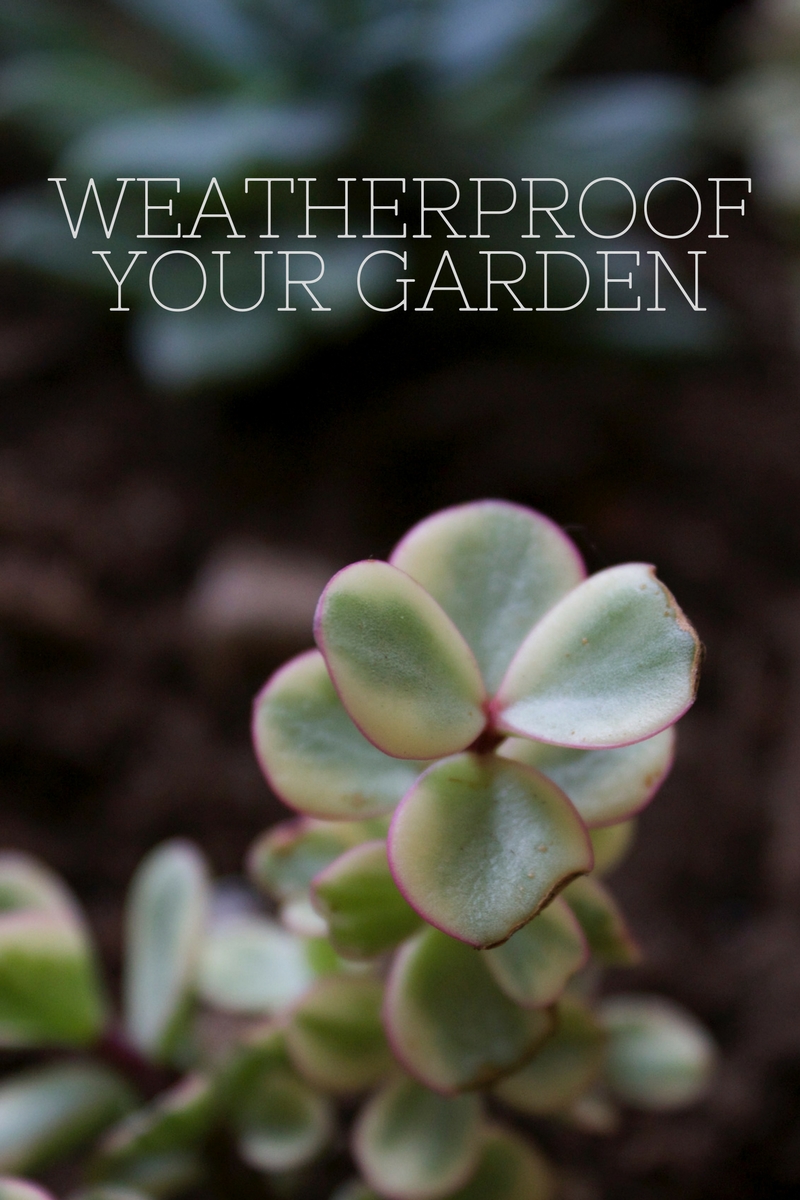Weatherproof Your Garden
Spring is just around the corner, and many of us are eager to begin landscaping, planting, and getting our yards ready for summer. Regardless of which climate you live in, the weather can be a bit challenging and sometimes destructive to our outdoor quarters. Whether you want a tropical oasis, a magical perennial garden, or just some grass and a comfy place to lounge, here are a few ways to protect your backyard against the worst of weather.
Choose Quality Materials
Depending on the type of weather your climate offers, choosing resilient materials is best. Where we live the wind can be aggressive, and it's windy often. We will likely be choosing heavy patio furniture and a heavy shed for storage. Companies like Armstrong build reliable steel structures, and local hardware stores have great options as well. As for the rain, both metal and wood can work well if they’re treated with a weatherproof finish. FoamForComfort has a wide range of waterproof garden fabrics.
On Pinterest there are many DIY resources for using shower curtains and other similar materials to make your own cushion covers.
Avoid Windy Hazards
Wind can be a great threat to a beautiful backyard. When high winds are present, bad trees can cause broken windows, roof/car damage, and serious injury. If you suspect that you have a hazardous tree (Bradford Pears), hire an arborist to make an assessment.
Patio furniture, pots, decor, lighting, and anything that is too light-weight can also be easily damaged/cause damage in high winds.
Protect Your Pond
Ponds are much to maintain, but very rewarding and peaceful. Adding a pump may help to prevent your pond from freezing during the winter.
Before investing quality time and finances to build a gorgeous pond, consider your climate, the amount of sun/shade your yard receives, and the local ecosystem where you live. This awareness will help guide the decision-making process.
Water Your Plants
A heatwave can cause irreversible damage to your garden. Adding sprinklers to your lawn and a drip line to your flower beds is essential. Knowing when to water, and how much to water is also crucial. Planting in the fall is typically best; when your plants come back the following spring they are much more tolerant of a harsh summer.
Whenever we purchase a new plant we research the amount of sun and water it requires. We also try to purchase plants that are native and always in our planting zone.
Ensure Proper Drainage
Heavy rainfall or simple over-watering can cause just as much damage as heat wave. Plants and trees that receive too much water can fail to thrive. Water should never sit for more than a couple of days; if you find that you have puddling or pooling in areas of your yard there is likely a drainage issue.
Drainage problems can also attract mosquitos; the most loathed, and unwanted guests.
Practice Observation
Your backyard is unique to even your neighbor next door. It's challenging to know which plants will do better in the ground versus a pot. It's also hard to choose a tree to plant, and then decide where to plant it. Practice observation, and take note of what's happening. Which plants are always droopy, which plants are thriving, how does the lawn look? You may even consider keeping a notebook for reference.
With a little persistence and love, after a few years, you should have a thriving backyard garden, no matter the weather.
*This is a collaborative post.








